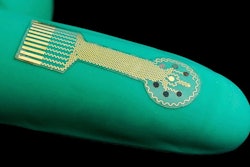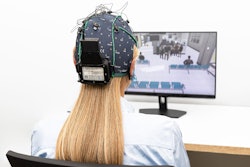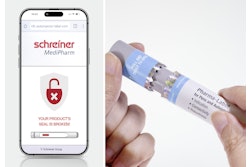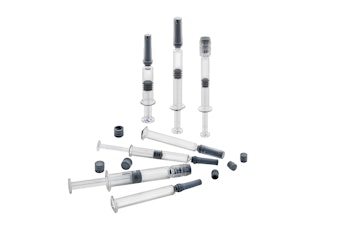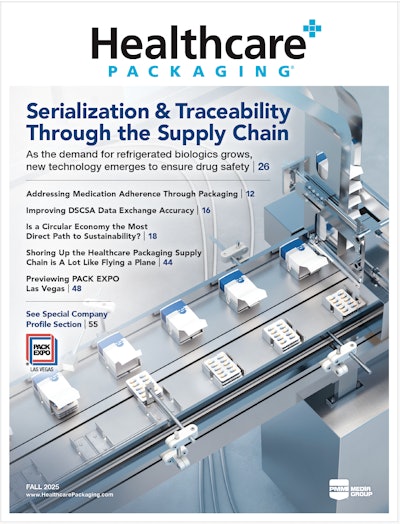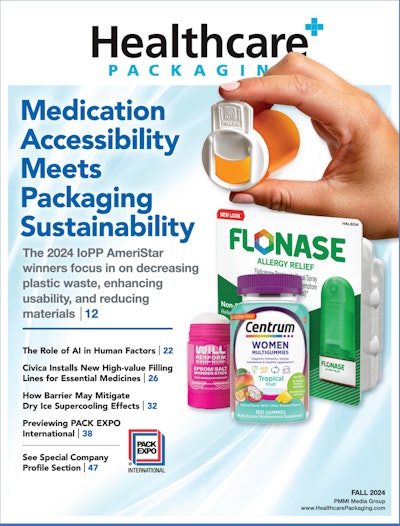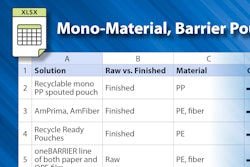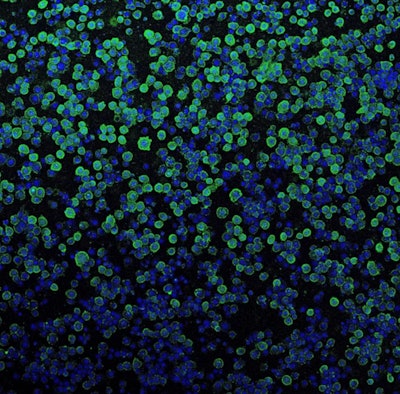
Joseph Kreitz
A recent Scientific American article reported on a recent study in which researchers developed a "nanosyringe" that could potentially deliver gene therapies to human cells. The nanosyringe is a bacterial protein called SdeA, which forms a needle-like structure that can puncture the membranes of cells and deliver molecules such as DNA or RNA. The researchers tested the nanosyringe on human cells in a laboratory setting and found that it was able to deliver genetic material without causing significant damage to the cells.



